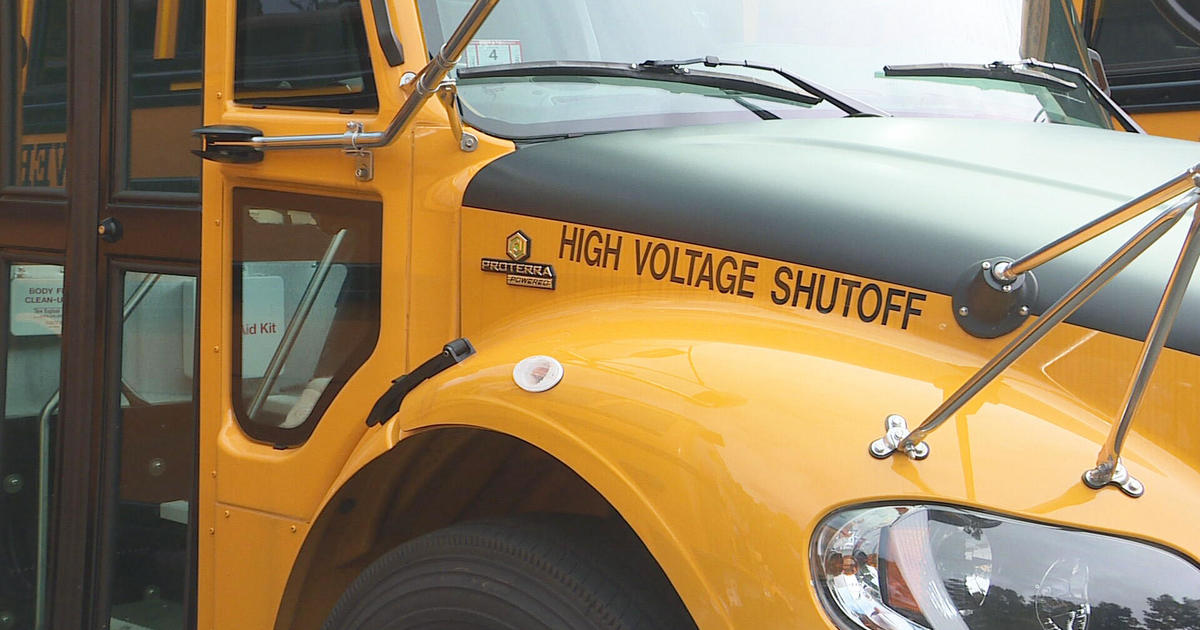Good Question: How Does The DNR Count Fish?
MINNEAPOLIS (WCCO) -- The Minnesota Department of Natural Resources announced Tuesday walleye fishing will go on at Lake Mille Lacs this season, even though anglers have reached their walleye quota for the year. The DNR says the catch and release restrictions have successfully protected the younger walleye.
So, how does the DNR count fish? Good Question.
"On Mille Lacs, we have to get it right, so our precision is really good," says Minnesota DNR Fisheries Chief Don Pereira.
The Minnesota DNR has management plans on 4200 Minnesota lakes. Some of the smaller lakes are surveyed every five to ten years. The largest lakes, including Mille Lacs, Lake of the Woods and Red Lake, are surveyed every year.
Much of the counting is based on polling and statistical sampling and is conducted in a number of ways.
On the largest lakes, the DNR conducts what are called creel surveys. For example, three creel clerks ask anglers on Lake Mille Lacs this summer a number of questions about how long they were fishing, how many fish they caught, how many they released and the size of the fish. These surveys are conducted on specific schedules with specific locations and dates. The largest surveys can cost up to $200,000.
"It goes through a lot of mathematical processing and from that, we get numbers of how many fish are being harvested," says Pereira.
The DNR also catches fish. For bluegills, they'll use trap nets. For walleye, yellow perch and northern pike, crews use gill nets. This summer, 52 gill nets will set out on Lake Mille Lacs to count walleye.
"We'll leave them overnight, come back the next day and pull them out and basically county and measure the fish in the nets," says Pereira.
Crews will look at the ages, maturity and sex of what they caught and compare it to years past. They make sure to survey the areas at the same locations and time each year for consistency.
When it comes to bass, crews also use a survey method called electrofishing, where they run an electric shock in the water to stun the fish. They then scoop them up to count them and release them back into the lake.
The DNR used to use aircraft to take aerial video of the boaters, but Pereira says that no longer happens due to budget cuts. In some cases, the DNR does have partnerships with the Parks Service to watch from above.



